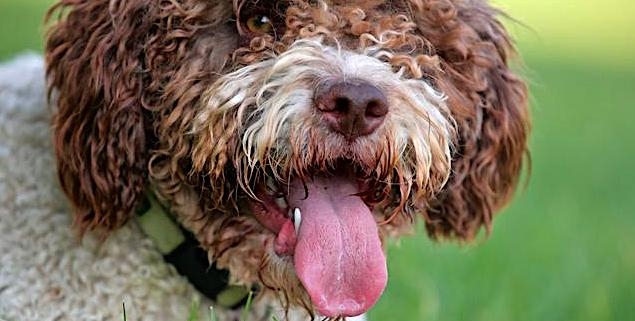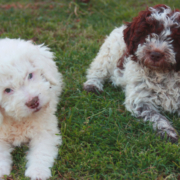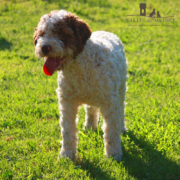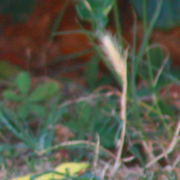Table of Contents
Why sterilise your dog
Neutering a dog mainly protects him from tumours. For the female these are tumours of the uterus and udder, for the male tumours of the testicles and prostate.
Mother Nature takes her course and would like females with puppies twice a year. This, however, is very bad. It would soon debilitate the females and shorten their lives.
The dog is not a wolf.
The Lagotto does not even resemble the Wolf. The Lagotto Romagnolo, and the dog in general, is a domestic animal that lives in a family and does not have the rules and hierarchies of a pack. Hierarchies that also regulate mating within the pack and which consequently determine the selection of the species.
Man’s intervention on a domestic animal such as the dog is necessary to try to prevent certain pathologies deriving from the lack of reproduction of the female in particular, but also of the male.
This remains the main and perhaps only reason, sorry if it is not enough, to convince people to sterilise their dogs.
When to sterilise your dog
I have searched for information and I have also consulted directly or indirectly with some vets. Unfortunately there are no univocal lines of thought on when to sterilise the dog and each one has its advantages and disadvantages.
For the male the operation is very simple and requires little time to recover. The operation can be done at any time, there is no reproductive cycle to take into account.
In general, early castration in males is not recommended.
But from 3-4 years of age it is worthwhile.
For the female after the operation it takes a few days to recover and overcome the pain in the abdomen. Early sterilisation of females significantly reduces the risk of tumours in later life.
But how early?
I believe that the evaluation must also take into account the breed. For the Lagotto Romagnolo I would avoid surgery before one year of age. The first year of age is fundamental for physical development in a breed exposed to dysplasia. It can also be a traumatic experience from a character point of view, which in my opinion should be postponed until after one year of age.
Sterilisation of the female takes place 2-3 months after the last heat.
Our females, once the reproductive activity is over, after the 5th litter, are sterilised.
The breeder’s code of ethics requires that females should not be reproduced after 5 litters.
Contraindications to sterilisation
If we exclude the minimum risk due to a surgical intervention, even if it is trivial, there are no contraindications to sterilisation.
The tendency to put on weight after sterilisation is not something that I have seen in my females, although obviously we always pay a lot of attention to this aspect.
Taboos and rumours
There are some taboos to overcome on this subject. That of going against nature. Briefly, I would say that nature is quite ruthless with regard to reproduction, two litters a year means exhausting the females to the point of shortening their lives. Overcome this taboo considering that the dog is a domestic animal.
The idea of having the female breed at least once to protect her from tumours is a widespread but unfounded consideration. Neutering certainly has benefits, one pregnancy in a lifetime, it is not clear why it should mark the female against tumours if the poor thing continues to have two heats a year for the rest of her life.










Leave a Reply
Want to join the discussion?Feel free to contribute!